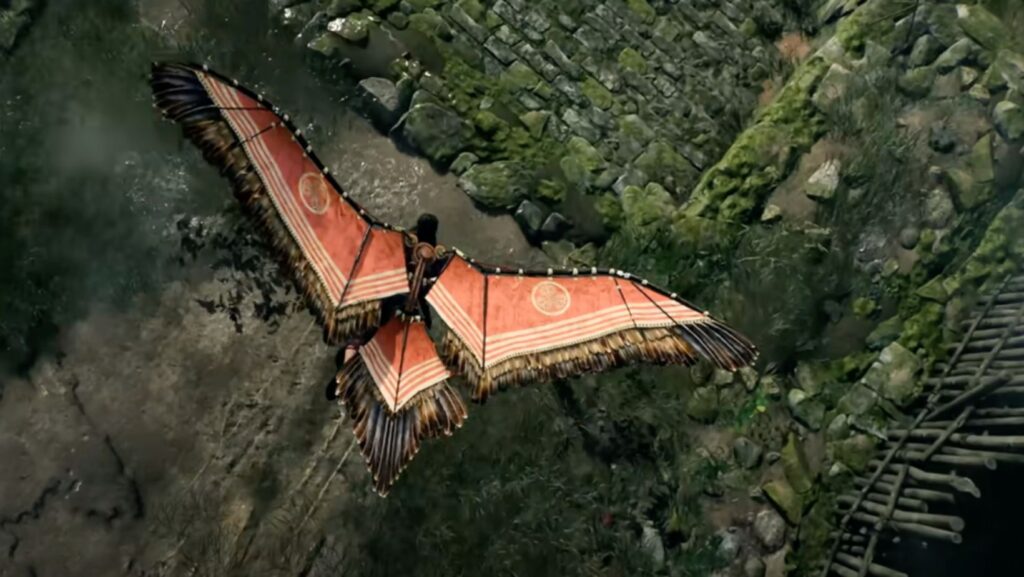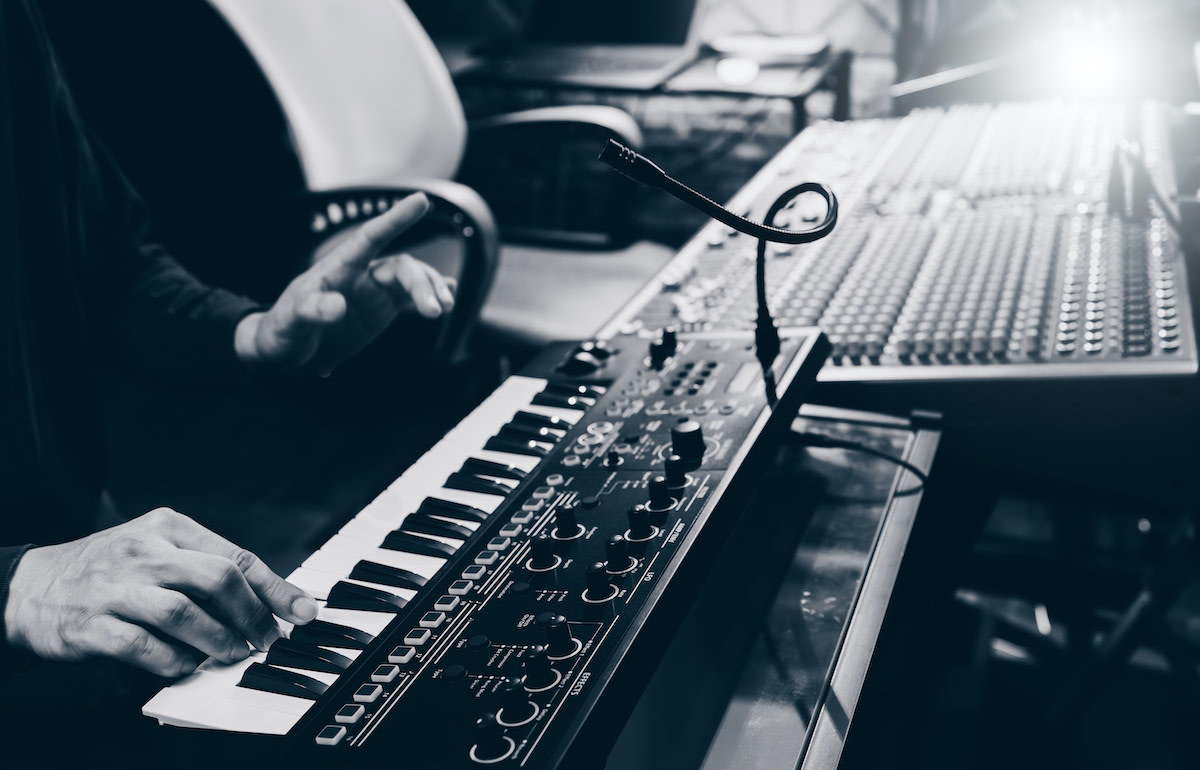With Ghost of Tsushima: Director’s Cut now available on PC and Rise of the Ronin released earlier in 2024, many players on PS5 are wondering – which samurai-themed game to check out first in 2025?
As someone who has spent time with both titles on the PS5, I wanted to put together a detailed comparison.
Not just for longtime fans of action games, but also for beginners who might be exploring the genre for the first time. These two games may look similar on the surface (Japanese settings, sword combat, and open worlds) but they offer very different experiences once you start playing.
Let me break it down for you.
Table of Contents
ToggleHistorical Settings & Story
One of the biggest differences between Ghost of Tsushima and Rise of the Ronin is when and where they take place.
Ghost of Tsushima is set in 1274, during the first Mongol invasion of Japan. You play as Jin Sakai, a samurai who slowly abandons tradition to protect his homeland. The story feels emotional, cinematic, and personal. Jin is a fixed character, and the game builds everything around his journey.
Rise of the Ronin, on the other hand, takes place over 500 years later, during the Bakumatsu period. That’s a time of political chaos at the end of the samurai era. You play as a custom character known as the “Veiled Edge,” and your choices shape how the story unfolds. The game also features real historical figures like Ryoma Sakamoto and Commodore Matthew Perry.
In short, Ghost feels like a tightly written film with a clear narrative. Ronin, on the other hand, is more like an open-ended RPG where you help decide how things turn out.
Visuals & Presentation
There’s no way around it – Ghost of Tsushima is the better-looking game.
Even though it first launched on PS4, the PS5 version looks stunning. The art direction is inspired by samurai cinema, with weather effects, lighting, and camera angles that make every moment feel like a movie. The minimalist HUD and immersive environments really pull you in.
Rise of the Ronin doesn’t reach the same level visually. It has a larger and more detailed world, but the graphics sometimes look flat or outdated. On performance mode, it also dips below 60 fps, which can be noticeable in intense moments.
If presentation matters a lot to you, especially for screenshots or just soaking in the atmosphere, Ghost of Tsushima is the clear winner.
Combat Systems
This is where things start to get interesting.
Ghost of Tsushima has simple but satisfying combat. You use a katana for most fights, and switch between four stances depending on the enemy type. Timing parries, dodging, and using special moves keeps the gameplay smooth and cinematic. It’s easy to learn and incredibly fluid, especially if you’re new to action games.
Rise of the Ronin takes a different approach. The combat is more complex, and clearly inspired by Team Ninja’s earlier titles like Nioh. You can switch between nine different melee weapons, each with their own styles and moves. There’s a stamina system (called Ki), a counter mechanic called Counterspark, and you can hot-swap special abilities in real-time.
You can also switch between characters mid-battle, use firearms, and mix in ranged attacks. It’s flashy and fast-paced, but it can feel overwhelming at first.
In short, Ghost is more elegant and cinematic. Ronin is deeper and more customizable, especially if you enjoy experimenting with mechanics. Purchasing Rise of Ronin for the cheapest prices on PlayStation 5
Open-World Design & Activities
Both games offer large open worlds, but they use them differently.
Ghost of Tsushima has a beautiful, curated map filled with purposeful activities like fox dens, shrines, haiku spots, and side quests called Mythic Tales. The exploration feels peaceful and intentional. Even the way the wind guides you instead of a traditional map marker is a nice touch.
Rise of the Ronin is more packed with content. You have three major cities (Edo, Yokohama, and Kyoto) along with the countryside. The world is filled with things to do like fugitive hunts, cat collecting, photography, gambling, glider races, dojo challenges, and more. There’s even a grappling hook and glider for vertical exploration.
However, all this content can feel repetitive after a while. In contrast, Ghost keeps things simple but memorable.
RPG & Progression Depth
If you care about deep systems and character progression, Rise of the Ronin has a lot to offer.
You can upgrade weapon proficiencies, tweak your build with stats and scaling, collect gear with different perks, and improve relationships with over 50 NPCs through the bond system. These bonds even affect the story, depending on which factions you align with.
You also have multiple endings based on your choices, and the game supports online co-op for campaign missions.
Ghost of Tsushima keeps it much simpler. You upgrade armor sets, unlock new moves, and collect charms to boost abilities. There’s one main story with a small moral choice at the end, but the progression is mostly linear.
So if you enjoy systems-heavy RPGs, Ronin offers more freedom and customization.
Which Should You Play?
If you’re looking for a cinematic, polished story with straightforward combat and beautiful visuals, Ghost of Tsushima is the game to go with. It’s also more beginner-friendly and easier to enjoy right away.
But if you want deeper combat, more choices, and replay value with RPG systems and co-op features, Rise of the Ronin will keep you busy for longer.
Both games are exclusive to PS5 (though Ghost is also on PC now), and both offer unique takes on samurai-era Japan. It really comes down to what kind of gameplay experience you prefer.
At the end of the day, Ghost of Tsushima and Rise of the Ronin aren’t trying to be the same kind of game.
One is a cinematic journey through a historical invasion. The other is a branching RPG set during a time of revolution.
I enjoyed both, for different reasons. And if you’re gaming on PS5 in 2025, you’ve got two great choices to pick from. You really can’t go wrong. Just pick the one that matches what you’re in the mood for.
Or better yet, try them both.





